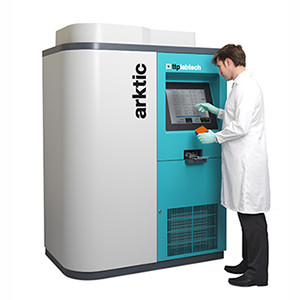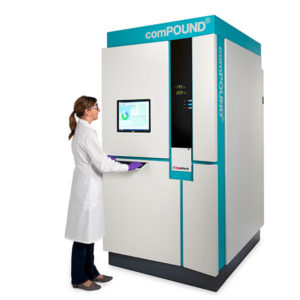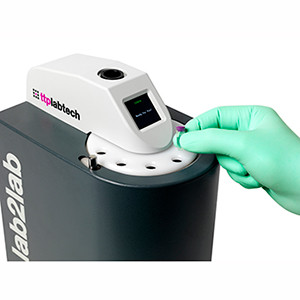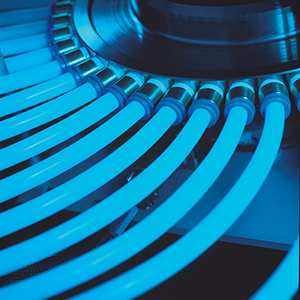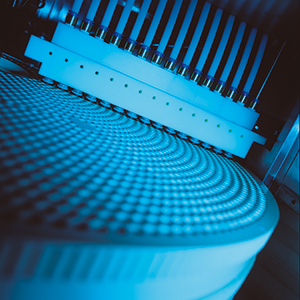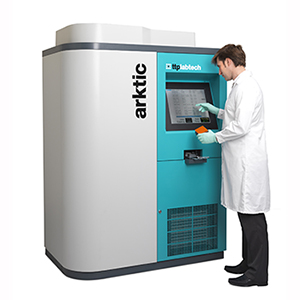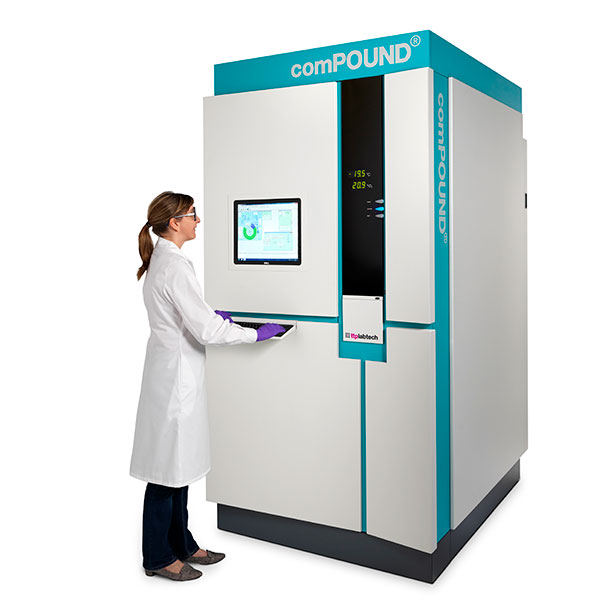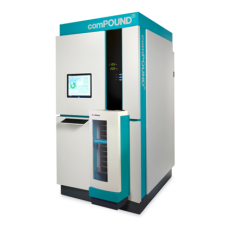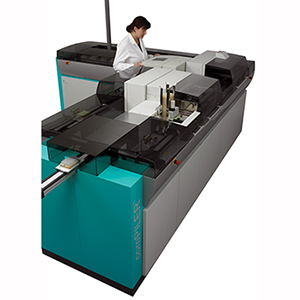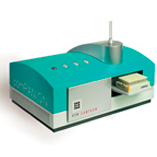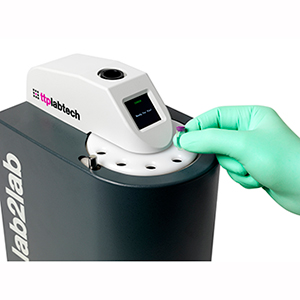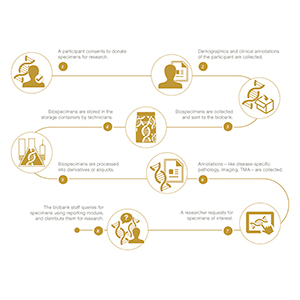Sample Management and Storage – Biobanking
It is vitally important to treat biobanking as an integral part of your laboratory workflow. It is equally important to maximise the efficiency of your biobanking systems in order to optimally streamline your research and manage vast numbers of samples and the associated bioinformatics.
Sample Management and Australian Research
According the 2011 Strategic Roadmap for Australian Research Infrastructure, there is a well-recognised need to enable the introduction of up-to-date biological, physiological, pathological and imaging analyses into population-health and disease-specific cohort studies. Enabling this need will require a continuing investment in:
- Bioinformatics;
- Genomic, metabolomics and proteomic analyses;
- Biomedical imaging (PET/CT, MRI/SPECT, SPECT/CT, retinal, etc); and
- Microscopy (Optical, Multiphoton and Electron microscopy).
As well as additional and effectively co-ordinated investment in:
- Cardiac and respiratory, and possibly other, functional analyses;
- Biobanking;
- Biostatistics; and
- Pathology.
In terms of sample management, this covers the entire research pathway, from consent, collection, analysis, storage, retrieval, liquid handling and sample processing as well as assay set up and analysis. The more processes that can be automated in this workflow, the more efficient and effective your research becomes.
The costs associated with this kind of rationalization can be prohibitive and as a result, sample integrity can suffer. This is where biobanking comes in – housing samples, and even analytical instruments, in a central laboratory with dedicated staff to manage banking and distribution leads to increased efficiencies while maintaining sample integrity.
By centralising and automating the process you can run more complex experiments while storing larger numbers of samples, all while ensuring sample integrity and accurate data logging. In addition, scientists can simply order the samples that they need, rather than taking time out to physically locate and collect them, aliquot them and return them to the appropriate storage location.
Effective biobanking is an essential pre-requisite for high-quality biological research.
AXT are ideally positioned to assist you with the design and supply of a biobanking solution to suit your requirements now and into the future. We understand the need for accurate and reliable storage and retrieval systems as well as bioinformatics and will work with you to design a system that suits your requirements.
Automated Biobanking Hardware
TTP Labtech have developed two novel, compact and highly efficient systems for automating tube storage and retrieval. By storing individual 2D bar coded tubes, and not storing racks, they achieve three very important outcomes:
- Enormous space-saving, since only tubes are stored
- Vastly faster processing tubes are delivered individually to a single rack, rather than picking from multiple racks
- Sample integrity the systems only deliver the tubes that you have requested, so you are only thawing the samples that you need.
These systems are able to store up to 200,000 specimen vials, with individual specimens able to be cherry-picked in as little as 5 seconds per tube. Furthermore, they are modular in nature, allowing for expansion as libraries grow. They can operate both independently and in parallel so that specimens can be retrieved (or cherrypicked) from separate storage modules and brought together into a single location (a process also known as reformatting).
Biostorage Requirements
Biobanks are required to store archival specimens at low (cryogenic) temperatures for long periods of time. It is essential that the specimens are maintained at the correct temperatures such that their integrity is maintained.
Of equal importance is cataloguing of specimens and their associated data. A good biostorage facility needs to have accurate records kept relating to specimen type and storage location so that they can be easily retrieved when required. Specimens should also be labelled in such a way that any identifying markings e.g. barcodes cannot be accidentally removed or become unreadable.
Automated Sample Management Solutions
Biobanks can be linked directly to remote labs using pneumatically powered systems. This allows specimens to be sent to and from labs quickly and queued for processing, ultimately optimising efficiency and sample throughput. All of these functions can be controlled remotely, with bar code readers ensuring accuracy and tracking specimen locations.
Bioinformatics Platforms
Even with the best biostorage hardware in place, your biological research will not be optimally efficient without a robust, flexible and user-friendly bioinformatics platform to manage all the data.
Krishagni Solutions are a software development company that specialises in producing solutions for the medical and clinical research markets. They, in conjunction with the National Cancer Institute (NCI) designed OpenSpecimen, a free, open source biobanking informatics platform for collection, storage, annotation and distribution of biospecimens. This solution has now been implemented at high profile biobanks around the world, including these in Australia and New Zealand:
- Lowy Cancer Research Institute, University of Sydney
- Victorian Cancer Bank
- South Australian Health and Medical Research Institute
- University of Auckland
- Peter Doherty Institute, University of Melbourne
- Hunter Cancer Research Alliance, University of Newcastle
- St Vincents Hospital, Melbourne
Types of Specimens Stored in Biobanks
Specimens typically stored in biobanks typically include:
- Blood
- Urine
- Skin samples
- Tissue samples
- Genetic materials
- Plant samples

